Author: Will Lovell
As the trend toward haze continues to grow, many brewers continue to focus on producing beautifully clear beer, and there are a number of ways this can be achieved. While nearly all beer styles will eventually drop bright if given enough time, this can lead to less desirable effects related to aging, hence brewers tend to employ more expeditious methods.
Whereas mechanical filtration involves forcing beer through media in order to strip it of haze causing particulate, chemical filtration involves dosing beer with an agent that causes those same particles to fall out of solution. Of the various types of so-called fining agents, gelatin has become a popular option because of its low cost, ease of use, and effectiveness. However, gelatin does have its detractors, not only those who prefer to keep animal products out of their beer, but some are adamantly convinced it strips beer of desirable characteristics, particularly when used in hoppy styles.
I was introduced to the purportedly new style known as West Coast Pilsner when The Brü Club selected it for the latest AvgBrü, and after some research, I realized it fits in well with IPL and Cold IPA. One thing I appreciate about all of these styles is their clarity, which I’ve historically accomplished by fining with gelatin. While a couple past xBmts suggested it has no meaningful impact on anything other than appearance, tasters in a recent xBmt were able to distinguish between an American IPA that was fined with gelatin from one that wasn’t. Curious to continue exploring this interesting variable, I decided to turn my AvgBrü West Coast Pilsner into an xBmt to see for myself.
| PURPOSE |
To evaluate the differences between a West Coast Pilsner that was fined with gelatin and one that was not fined.
| METHODS |
The recipe for this batch, my first West Coast Pilsner ever, was based off of the parameters defined by The Brü Club for the 2023 Q1 AvgBrü.
Jordan Swears This Is A Real Style Pils
Recipe Details
| Batch Size | Boil Time | IBU | SRM | Est. OG | Est. FG | ABV |
|---|---|---|---|---|---|---|
| 5.5 gal | 60 min | 29.2 | 4.3 SRM | 1.047 | 1.008 | 5.12 % |
| Actuals | 1.047 | 1.008 | 5.12 % | |||
Fermentables
| Name | Amount | % |
|---|---|---|
| Llano Pilsner | 9.75 lbs | 90.7 |
| Denton County Wheat Malt | 12 oz | 6.98 |
| Honey Malt | 4 oz | 2.33 |
Hops
| Name | Amount | Time | Use | Form | Alpha % |
|---|---|---|---|---|---|
| Hallertau Mittelfrüh | 18 g | 60 min | Boil | Pellet | 5.2 |
| Centennial LUPOMAX | 10 g | 30 min | Boil | Pellet | 13.4 |
| HBC 586 | 30 g | 1 min | Boil | Pellet | 11.8 |
| Citra LUPOMAX | 25 g | 1 min | Boil | Pellet | 18 |
| Mosaic | 10 g | 1 min | Boil | Pellet | 11.6 |
| HBC 586 | 28 g | 3 days | Dry Hop | Pellet | 11.8 |
| Citra LUPOMAX | 18 g | 3 days | Dry Hop | Pellet | 18 |
| Centennial LUPOMAX | 12 g | 3 days | Dry Hop | Pellet | 13.4 |
| Mosaic | 8 g | 3 days | Dry Hop | Pellet | 11.6 |
Yeast
| Name | Lab | Attenuation | Temperature |
|---|---|---|---|
| Hygge (L25) | Imperial Yeast | 77% | 32°F - 32°F |
Notes
| Water Profile: Ca 70 | Mg 10 | Na 0 | Cl 67 | SO4 118 |
Download
| Download this recipe's BeerXML file |
I started my brew day by adding identical volumes of RO water to separate Delta Brewing All-In-One units then setting the controllers to heat it up, after which I weighed out and milled the grain.
Once the water for each batch was adequately heated, I incorporated the grains then checked to make sure both were at the same target mash temperature.
While the mashes were resting, I prepared the kettle hop additions.
When the 60 minute mashes were complete, I removed the grains and proceeded to boil for 60 minutes, adding hops at the times stated in the recipe.
When the boils were complete, I quickly chilled the worts then transferred them to separate sanitized Kegmenters.
Refractometer readings showed both beers were at the same target OG.
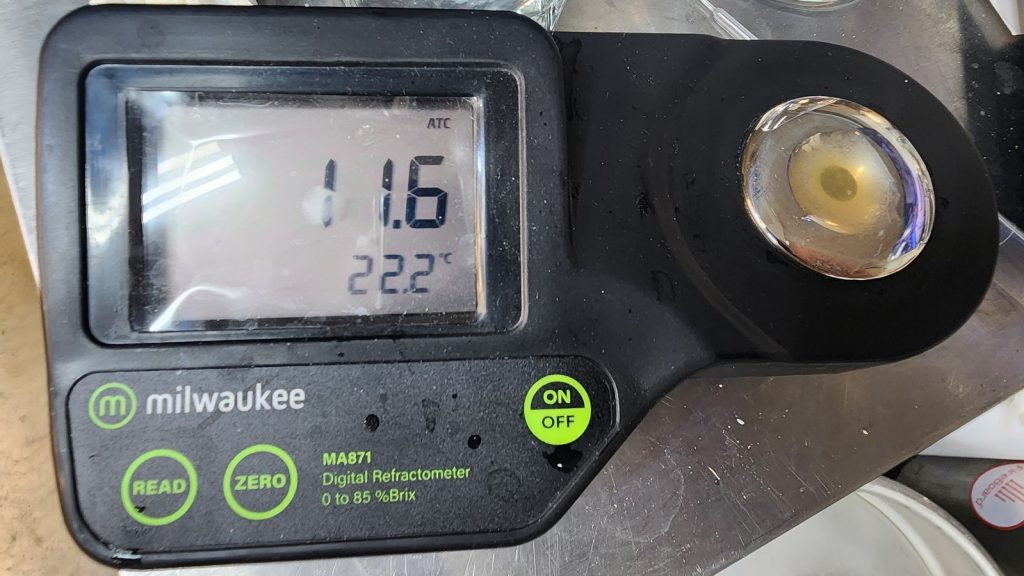
The worts were placed in my chamber to chill to my desired fermentation temperature of 64°F/18°C before I pitched a single pouch of Imperial Yeast L25 Hygge into each batch.
With all visible signs of fermentation absent after a week, I took hydrometer measurements showing both beers reached the same FG.
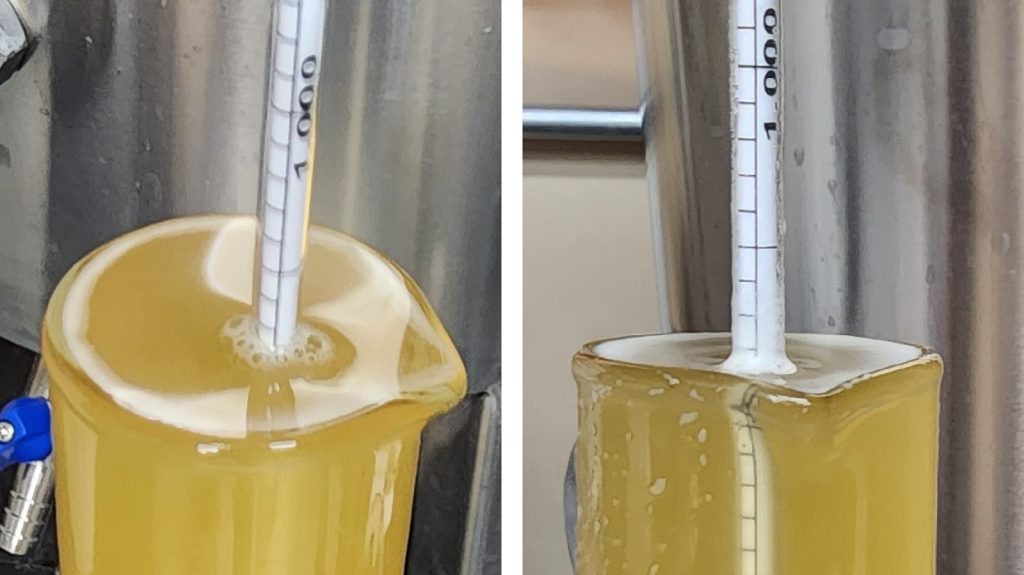
At this point I cold crashed the beers to 35°F/2°C for 24 hours in preparation for packaging. After sanitizing 2 serving kegs, I added a solution of 0.5 tsp/1.5 g gelatin dissolved in 0.25 cup/60 mL of hot water to one of them.
I then sealed and purged both kegs with CO2 to reduce the risk of oxidation before pressure transferring the beers into them. The filled kegs were placed in my keezer and left on gas for 3 weeks before I began my evaluations.
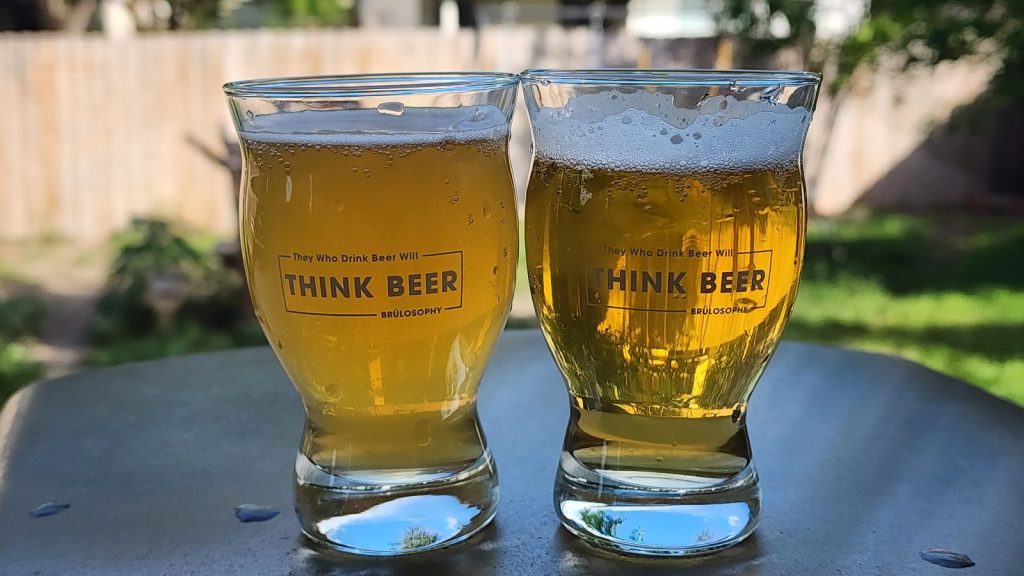
| RESULTS |
A total of 22 people of varying levels of experience participated in this xBmt. Each participant was served 1 sample of the non-fined beer and 2 samples of the beer fined with gelatin in different colored opaque cups then asked to identify the unique sample. While 12 tasters (p<0.05) would have had to accurately identify the unique sample in order to reach statistical significance, only 9 did (p=0.29), indicating participants in this xBmt were unable to reliably distinguish a West Coast Pilsner fined with gelatin from one that was not fined.
My Impressions: Out of my 5 semi-blind triangle test attempts, I correctly guessed the odd-beer-out twice. To my palate, these beers were identical in every perceptible way except appearance, and given my love of clarity, I preferred the beer fined with gelatin.
| DISCUSSION |
There’s no denying that haze remains quite the craze these days, and while the sentiment towards opaque beer has certainly softened since they first hit the scene, certain styles are still expected to be as bright as possible, namely lagers. Of the various chemical filtration options available to brewers, gelatin appeals to many due to it’s combination of ease and effectiveness, though some claim it can lead to a reduction in desirable characteristics. However, the fact tasters in this xBmt were unable to reliably distinguish a West Coast Pilsner fined with gelatin from one that was not fined counters this claim.
Similar to past xBmts on this topic, the beer fined with gelatin was notably clearer than the one that wasn’t dosed with gelatin, proving yet again the effectiveness of this particular fining agent. One possible explanation for tasters being unable to tell these beers apart is that the higher hopping rate helped to cover up any differences, though this contradicts findings from a past xBmt where tasters could distinguish a gelatin fined IPA from one that wasn’t fined. Seeing as that xBmt is the outlier, it also seems plausible that the particulate removed when fining with gelatin simply doesn’t contribute much to the perceptible qualities of beer.
I’ve tended to shy away from using gelatin to fine my hoppy beers in recent years, largely to reduce the risk of cold-side oxidation, though I’ve definitely wondered about the impact it might have on aroma and flavor. While expected to observe a difference in clarity between the beers in this xBmt, I was admittedly surprised with just how drastic it was, and pleased that they were otherwise perceptibly identical. While I’m okay with my IPA having a touch of haze, I’ll absolutely continue fining beers I expect to be clear with gelatin!
If you have any thoughts about this xBmt, please do not hesitate to share in the comments section below!
Support Brülosophy In Style!
All designs are available in various colors and sizes on Amazon!
Follow Brülosophy on:
FACEBOOK | TWITTER | INSTAGRAM
If you enjoy this stuff and feel compelled to support Brulosophy.com, please check out the Support page for details on how you can very easily do so. Thanks!


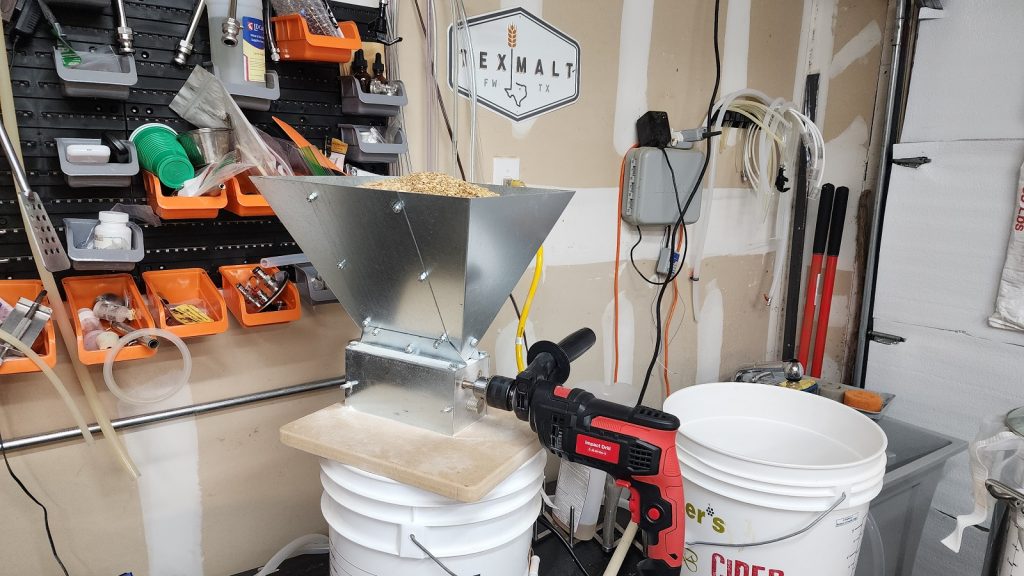
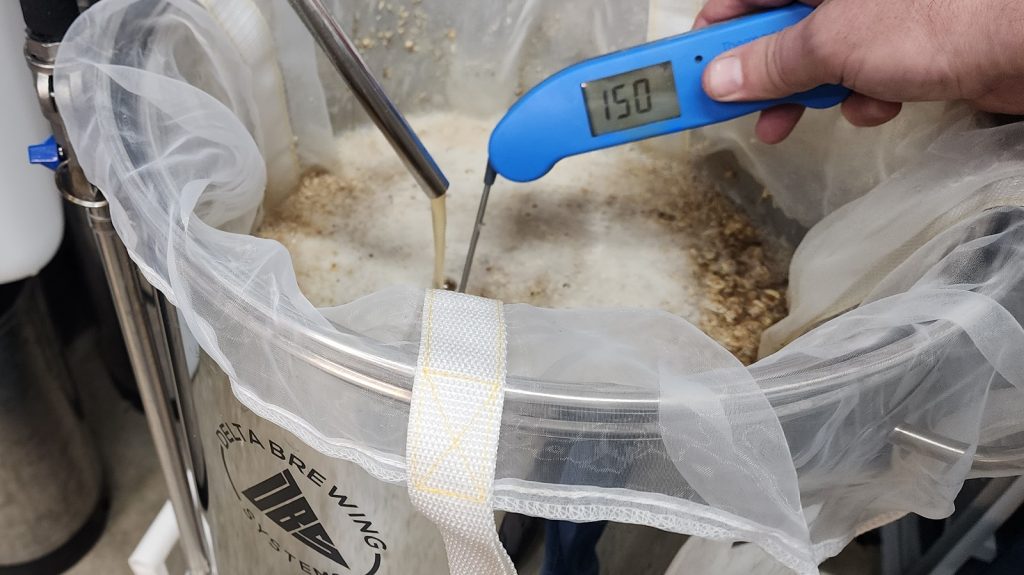
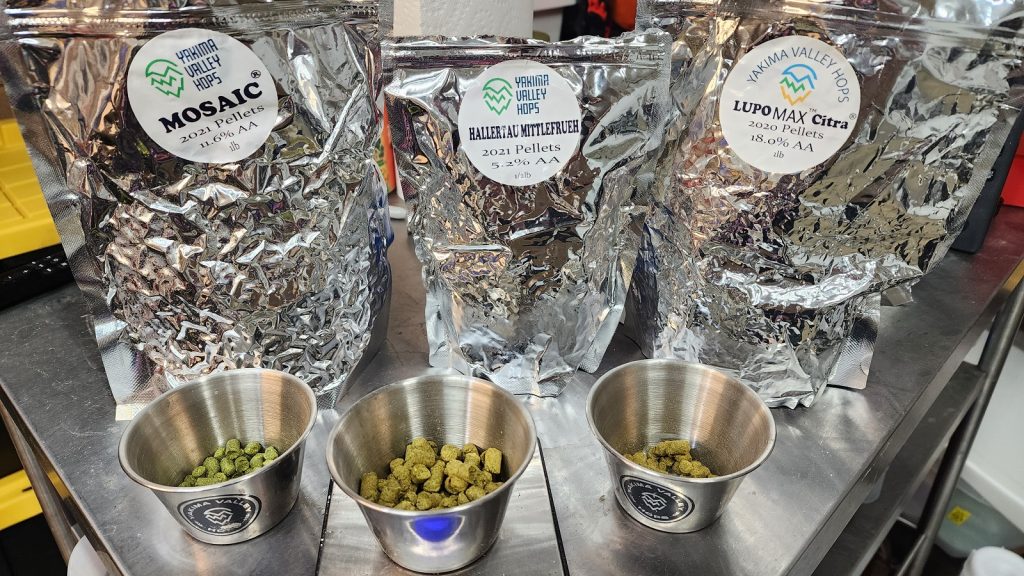
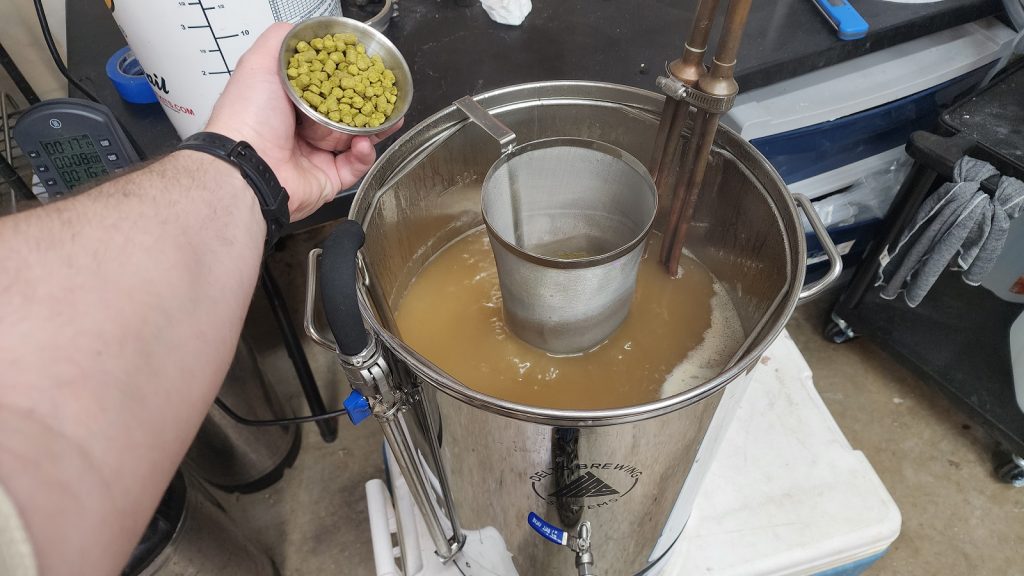
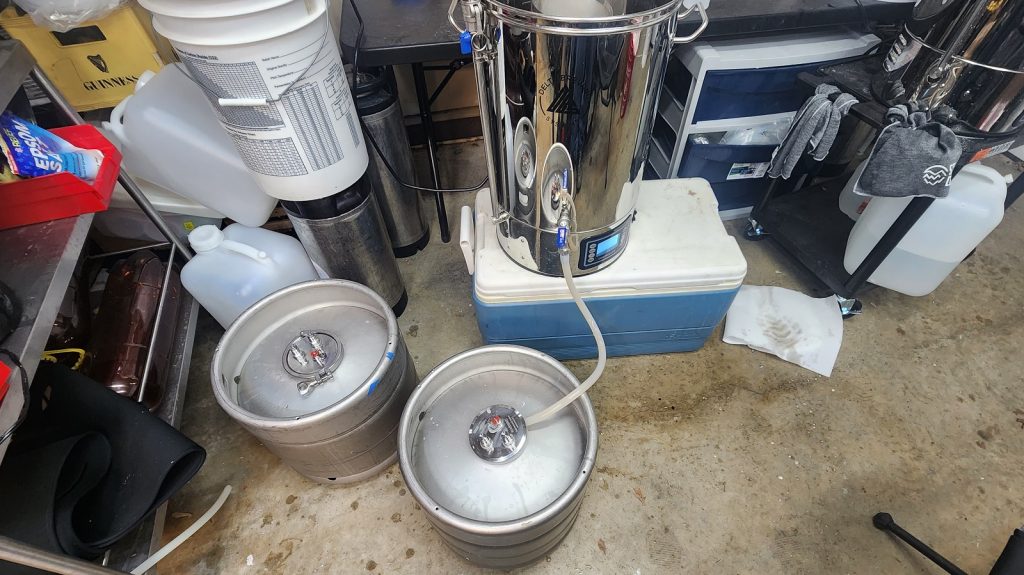
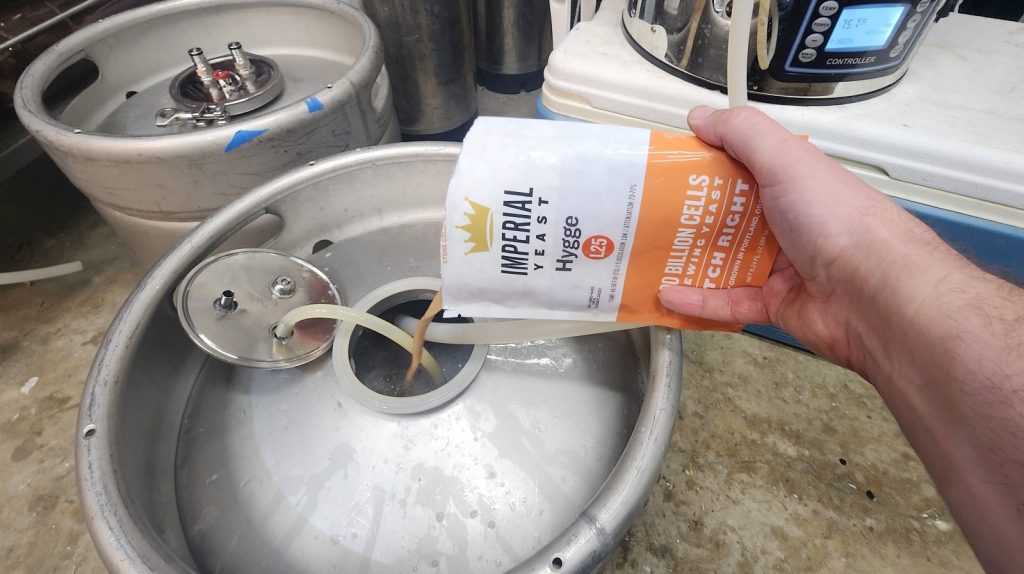
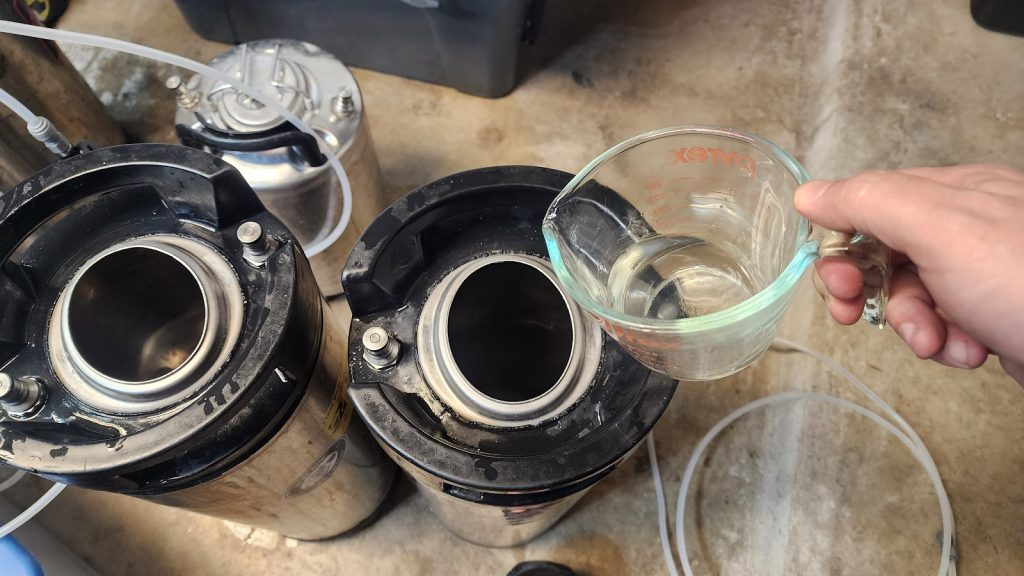











6 thoughts on “exBEERiment | Impact Fining With Gelatin Has On A West Coast Pilsner”
Has there been an experiment testing gelatin and bottle conditioning? I have added it to the bottling bucket a couple of times and not seen the expected effect.
While I don’t know the science behind it off hand, you need your beer cold when adding gelatin. While I don’t bottle condition much anymore, my understanding is that before you bottle, you would likely need to cold crash the beer, add gelatin to the fermenter, and then after 24-48 hours you can continue on with bottling as normal. Depending on your setup, this may not be worth it, but that is up to you!
Wonder if there would be statistical significance on an exBEERiment fining a WC Pilsner with gelatin vs fining with BioFine?
For what it’s worth, I always use gelatin finings in my keg, but have never used the open method you did.
I generally use some variation of the gelatin cannon:
https://www.reddit.com/r/homebrewing/wiki/process/cannon
It’s quite handy for minimizing the oxygen and yields stellar results. This method also works quite well with liquid isinglass.
Thanks for your work.
Although 3 of the 4 gelatin experiments did not find that people could reliably identify the unique sample, if we combine the 4 experiments together in a meta-analysis we now have 49 out of 119 tasters who correctly identified the unique sample, which is the exact number needed to reach statistical significance (p=0.045) for the whole series.
Floating dip tubes are pretty popular now. I have them on a few of my kegs. They help of course but gelatin is quicker. Wonder what affects, if any, leaving gelatin sitting at the bottom of a keg with a floating dip tube has on the beer over time.